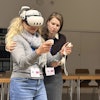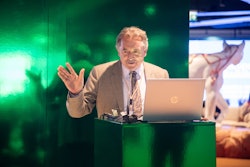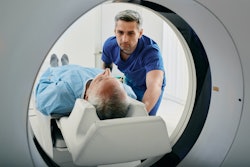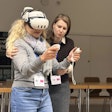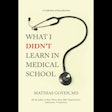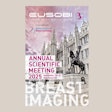A team led by Dr. Pyry Jylhä-Vuorio of the radiology departments of Kanta-Häme Central Hospital in Hämeenlinna and Tampere University Hospital in Finland has conducted a survey to discover attitudes to research among Nordic radiologists. The findings were published in Insights Into Imaging on 26 October.
The researchers aimed to identify the personal and external factors that potentially affect motivation and productivity in research among radiologists through a questionnaire scored on a 5-point Likert scale.
The survey was distributed to radiologists and radiology residents in Denmark, Finland, Norway, and Sweden through national radiological societies, academic and professional networks, and at the Nordic Congress of Radiology 2023 in Helsinki from 25 to 26 May 2023. The authors noted that Iceland was not included, as it does not have a radiologist training program.
The survey collected demographic information, details about work and academic careers, and opinions and attitudes about work, research, and personal life; it was open from 10 May 2023 to 23 June 2023.
A total of 192 participant responses were used for analysis. The mean age of respondents was 46.4. Of the respondents, 88 (45.8%) were male; 103 (53.6%) were female. Of the respondents, 134 (69.8%) reported having made any past academic contribution, and 88 (46.4%) reported active participation in research.
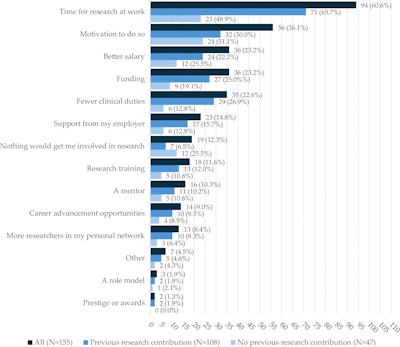 Factors that could increase research involvement, according to respondents. Up to three choices were allowed; responses not following the guideline were excluded. Choices are reported by number and percentage per group.Dr. Pyry Jylhä-Vuorio et al; Insights Into Imaging
Factors that could increase research involvement, according to respondents. Up to three choices were allowed; responses not following the guideline were excluded. Choices are reported by number and percentage per group.Dr. Pyry Jylhä-Vuorio et al; Insights Into Imaging
Unsurprisingly, radiologists who were actively engaged in research reported “having better access to the social and financial structures that support work in academic research.” Those researchers with a recent history of receiving funding reported more publications, the authors added.
Not only that, but the respondents considered such access to be important as motivation: The factors most frequently reported as potentially increasing research involvement included having time for research (n = 94/155, 60.6%), motivation (n = 56/155, 36.1%), more funding (n = 36/155, 23.2%), and a higher salary (n = 36/155, 23.2%).
There were other factors more common to respondents involved in active research, some of which were considered intrinsic motivators: These respondents reported being less distracted by social media at work, emphasized their ability to maintain expertise and interest in teaching, and reported getting enough sleep.
In addition, subgroup/demographic differences also showed up in responses: Male respondents were more likely to report getting enough sleep, and were less likely to report being distracted by social media. Female respondents also reported feeling they had less control over their work, an impediment to research.
Life priorities and time constraints played an important role in responses. Those with minor children at home were more likely to respond that they had passed up research opportunities for family reasons, were more likely to be distracted by social media, and also wanted more time with their families.
Among respondents, while radiologists reported having less manageable workloads than residents did—which affected the time available for research—they also rated their skills to conduct research more highly.
Time constraints were less emphasized in limiting research involvement than expected in the responses, which the researchers attribute to respondents possibly having already established solutions to allow time for research. They point out that the “Likert results outlined the active researcher group to be already well motivated.”
The allocation of time, along with access to financial and social support for research, are critical in encouraging research involvement among radiologists, the authors conclude.
The full findings of the survey can be read here.


